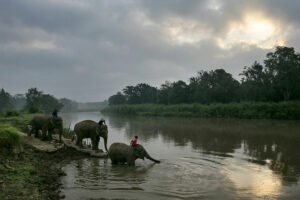Its existence dates back millennia, but its origins remain shrouded in mystery. Nowadays, this sprawling subterranean city is known as Derinkuyu (or Elengubu) and is one of many similar settlements in the Cappadocian region of Turkey. Once home to as many as 20,000 people, these series of tunnels and underground rooms were constantly inhabited for thousands of years, and you can now visit for yourself.
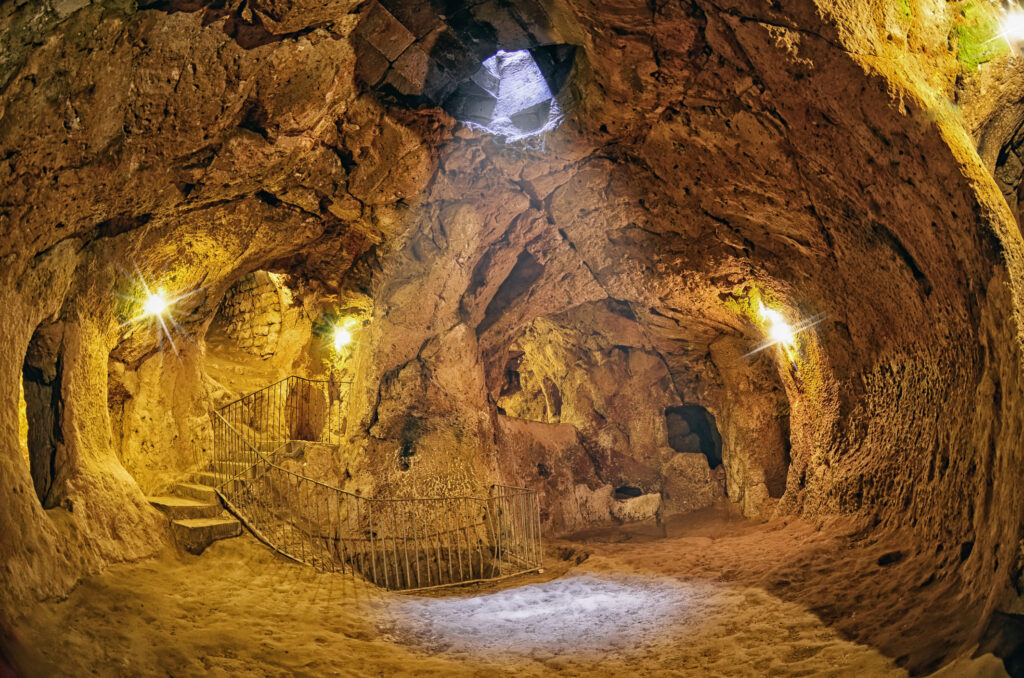
The first known mention of an underground city was in 370 BC. It appeared in Anabasis, the most famous work of Xenophon, a soldier and writer from Ancient Greece. A reference to Derinkuyu appears in Xenophon’s account of Anatolian people living underground in excavated homes, in or around the modern region of Cappadocia, the historical area of Turkey in which Derinkuyu is located.
It is possible, however, that Derinkuyu dates back far further than that, with its exact origins still unknown. The original groundwork is widely credited to the Hittites, ancient Indo-European people who first appeared in Anatolia, modern-day Turkey. One essay supporting this theory was written by A. Bertini, and explains the Hittites “may have excavated the first few levels in the rock when they came under attack from the Phrygians around 1200 BC.” Hittite artifacts were also found inside Derinkuyu, suggesting they inhabited the caves. Bertini cautioned, though, that “some archaeologists believe that the oldest caves, those hewn with stone rather than metal tools, are substantially older [than 1200 BC].”
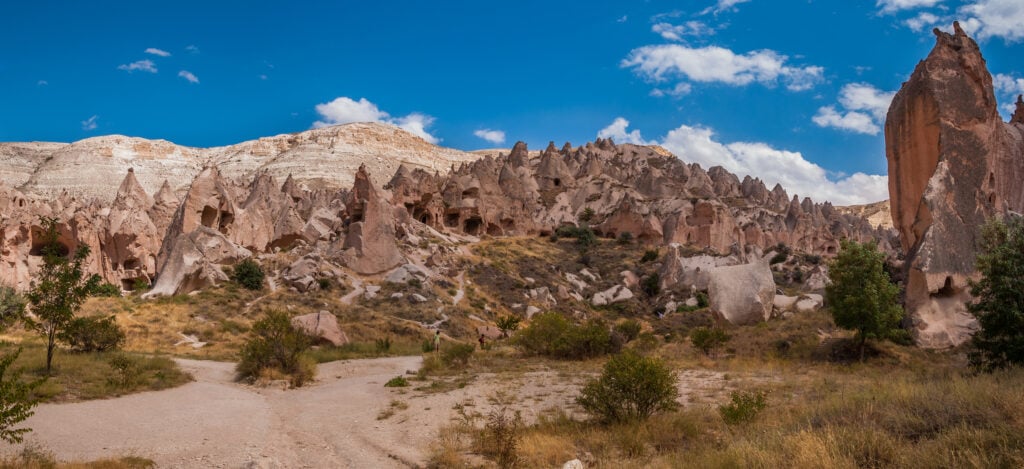
What is more concrete is that the bulk of the city was excavated by the Phyrgians. “The Phrygians were one of Anatolia’s most prominent early empires,” Andrea De Giorgi, associate professor of classical studies at Florida State University, told the BBC. “They developed across western Anatolia around the end of the first millennium BC and had a bent for monumentalizing rock formations and creating remarkable rock-cut facades. Though elusive, their kingdom spread to include most of western and central Anatolia, including the area of Derinkuyu.”
De Giorgia also explained how in the specific region of Cappadocia, the “geomorphology is conducive to the digging of underground spaces,” because of a lack of water in the soil. This makes for softer, more malleable rock, able to be carved with tools of the time such as shovels and pickaxes.
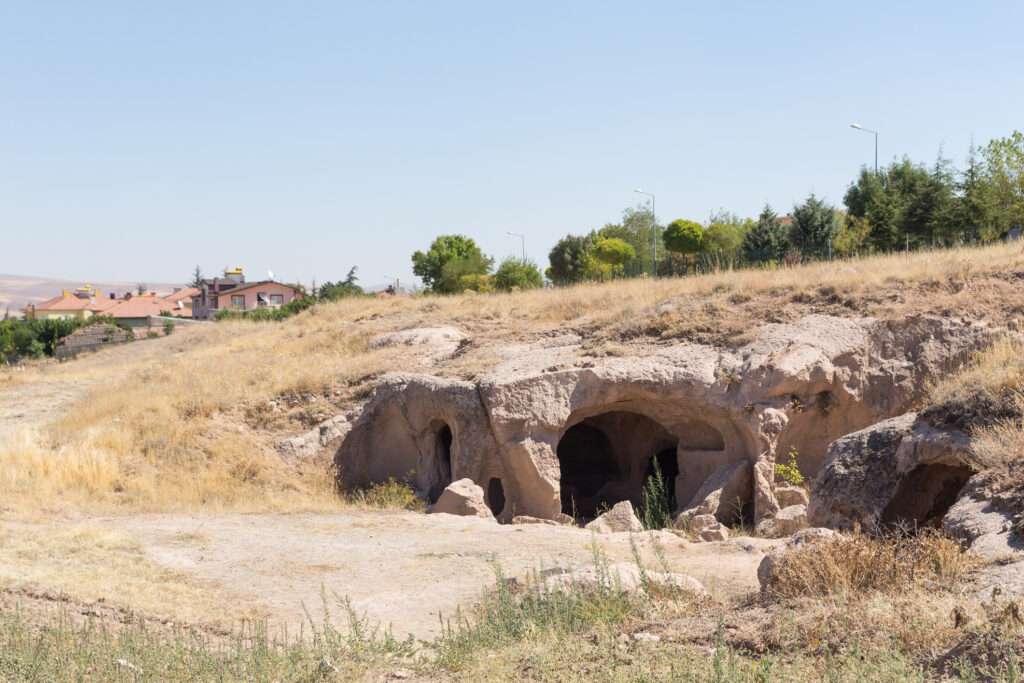
Though it would become peoples’ permanent home, experts believe Derinkuyu was initially used for the storage of goods, serving as something of a giant pantry. It then doubled up as a haven when invaders came to Cappadocia, with the region seeing a constant flux of dominant empires throughout the centuries.
Read More: Burj Al Babas | Turkey’s abandoned Gothic village
“The succession of empires and their impact on the landscapes of Anatolia explain the recourse to underground shelters like Derinkuyu,” De Giorgi continued, with Islamic raids on the largely Christian Byzantine Empire in the 7th century seeing the caves utilized the most. It was during this Byzantine period that Derinkuyu is estimated to have reached its maximum population of 20,000, with the Persians and Seljuks on top of the Hittites and Phrygians among the different peoples who inhabited the region.
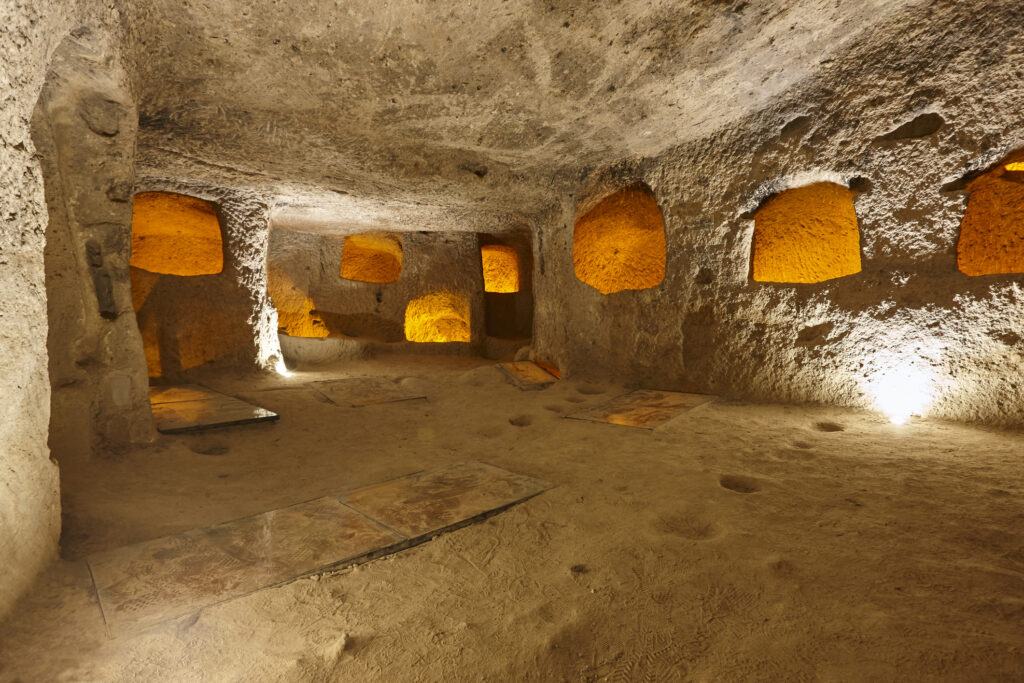
The dwelling’s role as a permanent home ended in 1923, when the Cappadocian Greeks fled to Greece, facing defeat in the Greco-Turkish war. Remarkably, Derinkuyu was forgotten. It was not until a chance encounter in 1963 that the sprawling city was rediscovered and opened so it could be appreciated by all.
Locals credit the discovery to an anonymous chicken farmer whose livestock kept disappearing from his home and not coming back. He began exploring and digging, eventually stumbling upon a dark passageway. It turned out to be one of 600 entrances found within existing private homes connected to the subterrestrial city of Derinkuyu.
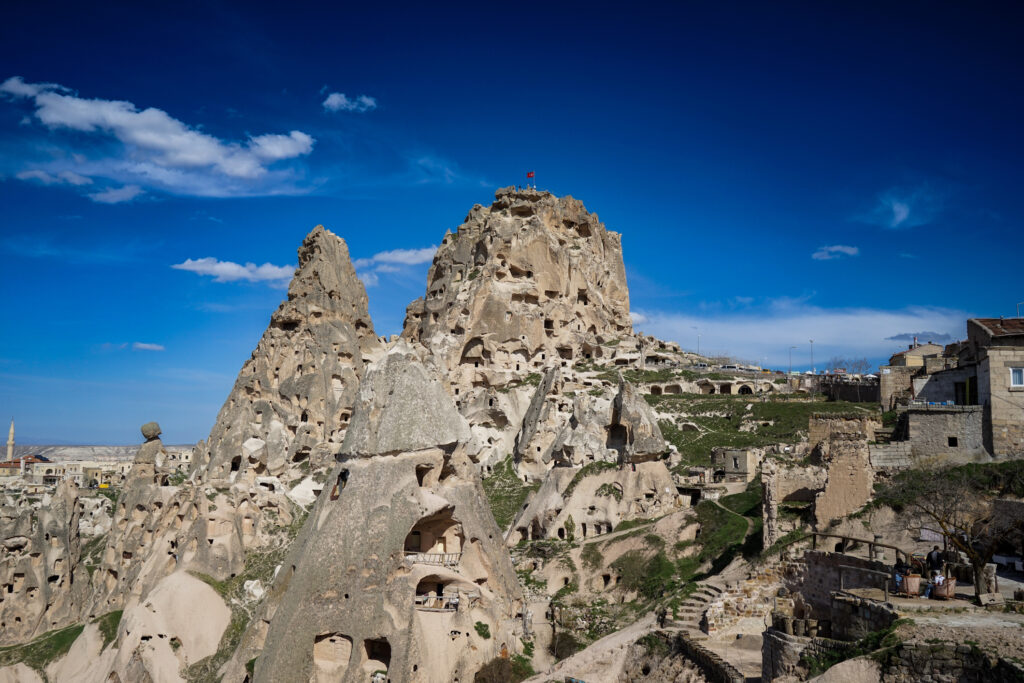
Work soon began on excavating the site, and the sheer scale of Derinkuyu became clear. Underneath the distinctive fairy chimneys jutting up from the ground, Derinkuyu sinks to the lowest point of nearly 280 feet (85 meters) and has 18 different levels of underground tunnels.
It is now a popular tourist attraction, with tickets costing just 60 Turkish lira, worth roughly $2. In 1985, the region was added to the Unesco World Heritage list.


